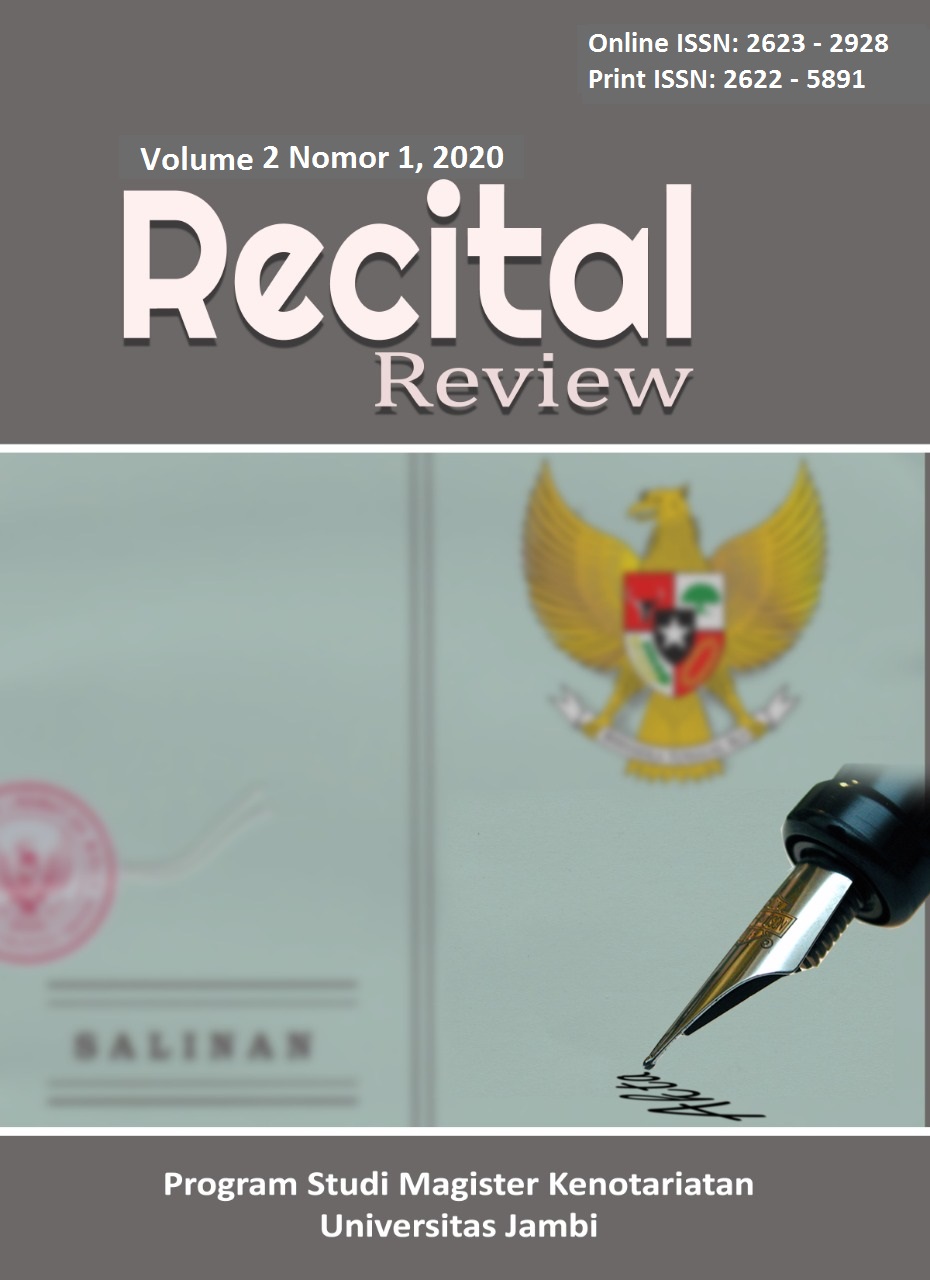Penerapan Standar Nasional Indonesia Produk Beras Yang Beredar Pada Masyarakat Dalam Perspektif Perlindungan Konsumen
Abstract
As the main staple, rice becomes a food that must have good quality and is safe for consumption. The Indonesian National Standard is a parameter used as a benchmark for the feasibility of a product being circulated, so that the application of the Indonesian National Standard on rice products is needed to protect the security and safety of consumers. The irony is that this has not yet become the awareness of the business actors. To protect consumers from loss requires legal measures that consumers can do in accordance with consumer protection laws. As for the problems are: the application of good Indonesian National Standards regulations on rice products circulating in traditional and modern markets in Indonesia, and legal remedies carried out by consumers who suffer losses on rice products circulating on the market in Indonesia. The results of the research show that the application of SNI regulations is good to be applied to rice products circulating in modern markets and traditional markets in Indonesia, through the application of SNI rice where the regulations are not in accordance with the principles contained in the UUPK. Good legal remedies to be carried out by consumers who suffer losses on rice products circulating in the Indonesian market are certainly through consumer dispute resolution outside the court, namely through the Consumer Dispute Resolution Agency which acts as an intermediary in resolving disputes.
Downloads
Downloads
Published
Versions
- 2020-01-31 (1)
- 2020-01-31 (1)
How to Cite
Issue
Section
License
The Authors(s) retain copyrights of the Article published on Recital Review. However, before publishing, it is required to obtain written confirmation from Author(s) in order to ensure the originality (Author Statement of Originality). The statement is to be signed by at least one of the authors who have obtained the assent of the co-author(s) where applicable. This work licensed under a Creative Commons Attribution 4.0 International License). All writings published in this journal are personal views of the authors and do not represent the views of this journal and the author's affiliated institutions.Â






